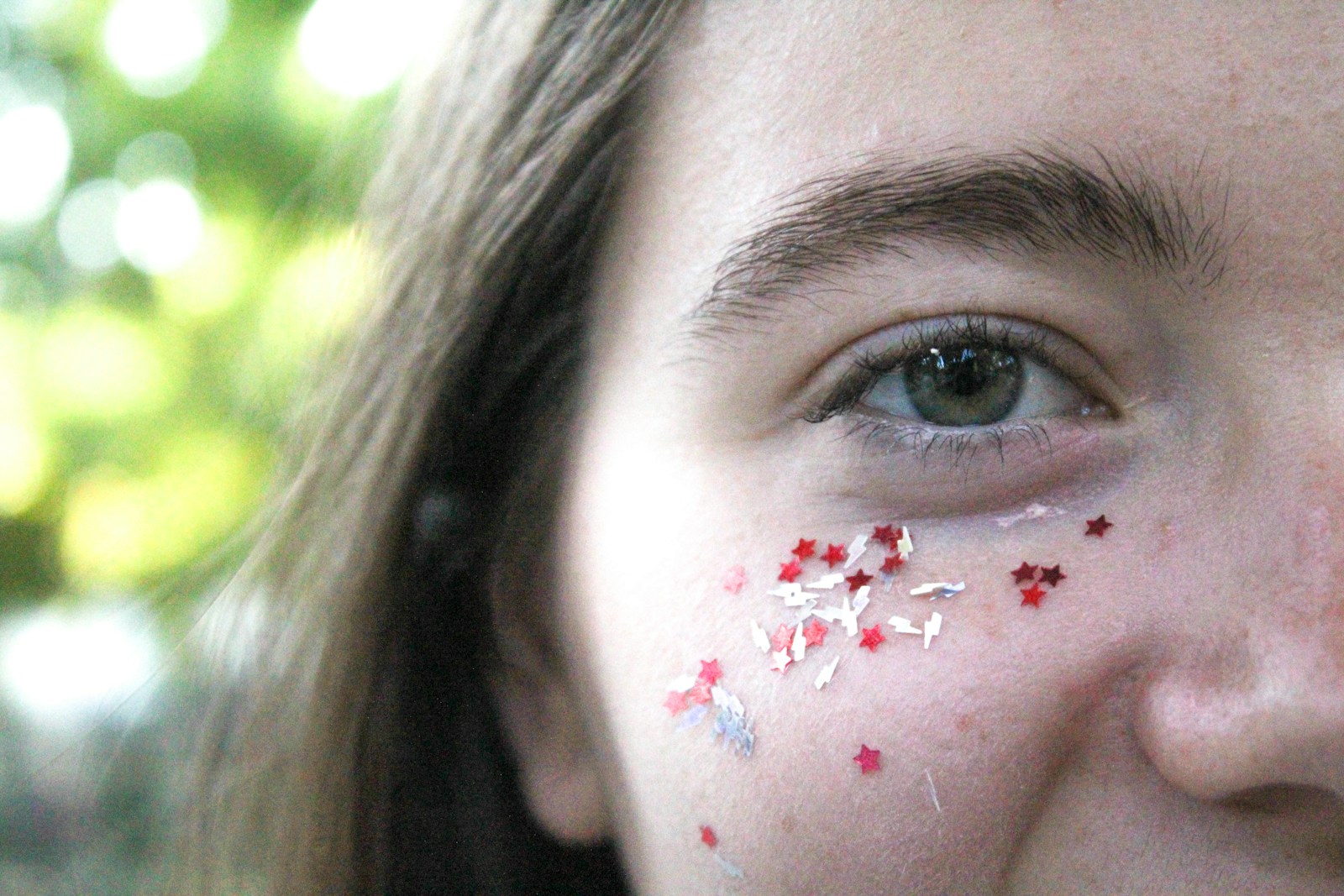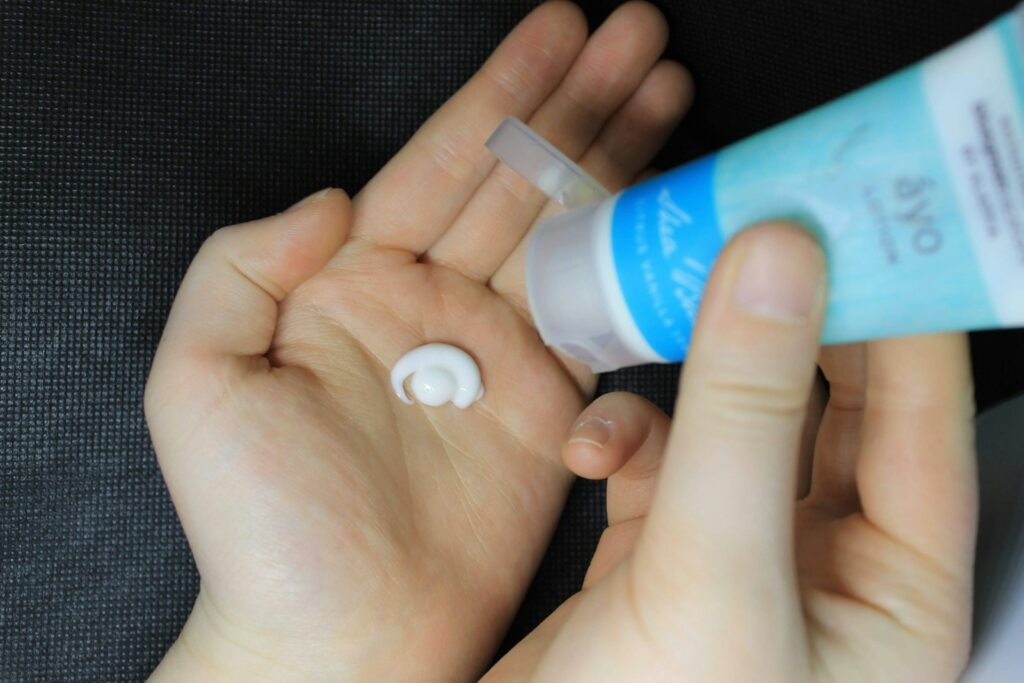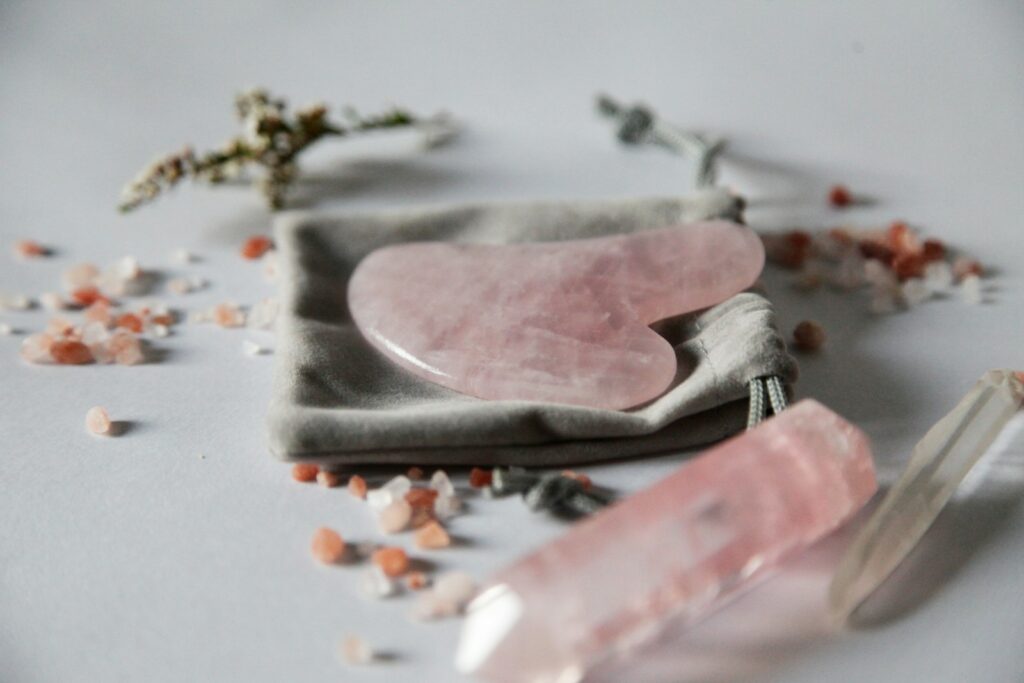Hormones significantly impact skin and hair in dramatic, cyclical ways that most skincare guidance overlooks, leaving people perplexed when products that “always” worked suddenly stop working. Estrogen, progesterone, and testosterone rise and fall every month, peak and plummet during pregnancy, and decline during perimenopause. Each shift causes noticeable changes in texture, oil production, hair growth patterns, and overall appearance. Learning the hormonal cycles empowers you to redesign your routine strategically rather than stress-shopping for new products every time your skin behaves differently.
Understanding Hormonal Skin Changes Through Life Stages
Hormonal skin changes proceed predictably once you grasp the relationship between hormone levels and skin behavior. Estrogen levels increase halfway through the menstrual cycle, resulting in fuller, more radiant skin with smaller pores. In contrast, progesterone dominance during the luteal phase triggers increased sebum production and inflammation, often leading to breakouts on the jawline and chin. Pregnancy usually overloads the body with estrogen, sometimes leading to that coveted “pregnancy glow,” but others experience melasma (dark spots) or increased sensitivity instead.
Key hormonal patterns affecting skin:
- Menstrual cycle week 1-2 (follicular phase) induces brighter skin as estrogen rises and redness decreases
- Menstrual cycle week 3-4 (luteal phase) increases oil production, pore size, and acne susceptibility because of the progesterone peak
- Pregnancy goes haywire—some have glowing skin thanks to estrogen, while others have acne, melasma, or extreme dryness
- Perimenopause and menopause decrease estrogen, slowing down collagen, thinning the skin, making it drier, and sometimes causing adult acne
Perimenopause deserves special focus since roughly 50% of women undergo significant skin changes during this period. Estrogen depletions mean less natural moisture, thinner skin that more easily demonstrates damage, and, at times, more breakouts since the estrogen-to-testosterone ratio is disrupted.
Read More: How to Read a Skincare Ingredient Label Like a Pro
Practical Adjustments for Hormonal Hair Changes and Skin Shifts
Hormonal hair changes and skin changes require adaptable regimens that accommodate your current hormonal phase, rather than repeating the same routine daily. For cycling hormones, consider “cycle syncing” your skincare by using lighter hydration and actives, such as retinoids, in weeks 1-2 when the skin can tolerate them. Then, switch to gentler, more emollient products in weeks 3-4 when sensitivity peaks.
Lisa Kinsella, a cancer survivor, shared her skin struggles after stopping hormone-blocking medication post-treatment. Her face became extremely oily soon after applying makeup, “like a frying pan.” She collaborated with another survivor owning a skincare firm to create a gentle routine for oil control and pore clearing, safe during hormonal shifts and pregnancy. Within two weeks, her skin improved enough to go to work without foundation.
For pregnancy, salicylic acid and retinoids are avoided, and brightening is safely accomplished by gently hydrating, using mineral sunscreen, and applying azelaic acid. During perimenopause, hydration is often supplemented with hyaluronic acid serums, and gentle retinol is introduced to support collagen production.
Read More: The Best Supplements for Hair, Skin, and Nails
Work With Your Hormones, Not Against Them
Hormones significantly impact skin and hair throughout a lifetime, but success lies in understanding these patterns. Track your cycle to identify when hormonal skin changes consistently occur, and then adjust product strength accordingly, rather than maintaining the same regimen daily.
Start tracking skin behavior against your cycle this month, noting when breakouts, oiliness, or dryness appear. Those patterns reveal exactly when to adjust your approach for hormonal hair changes and skin fluctuations, working with your body’s natural rhythms rather than fighting them constantly.
Read More: How to Cover Blemishes Without Caking Makeup




